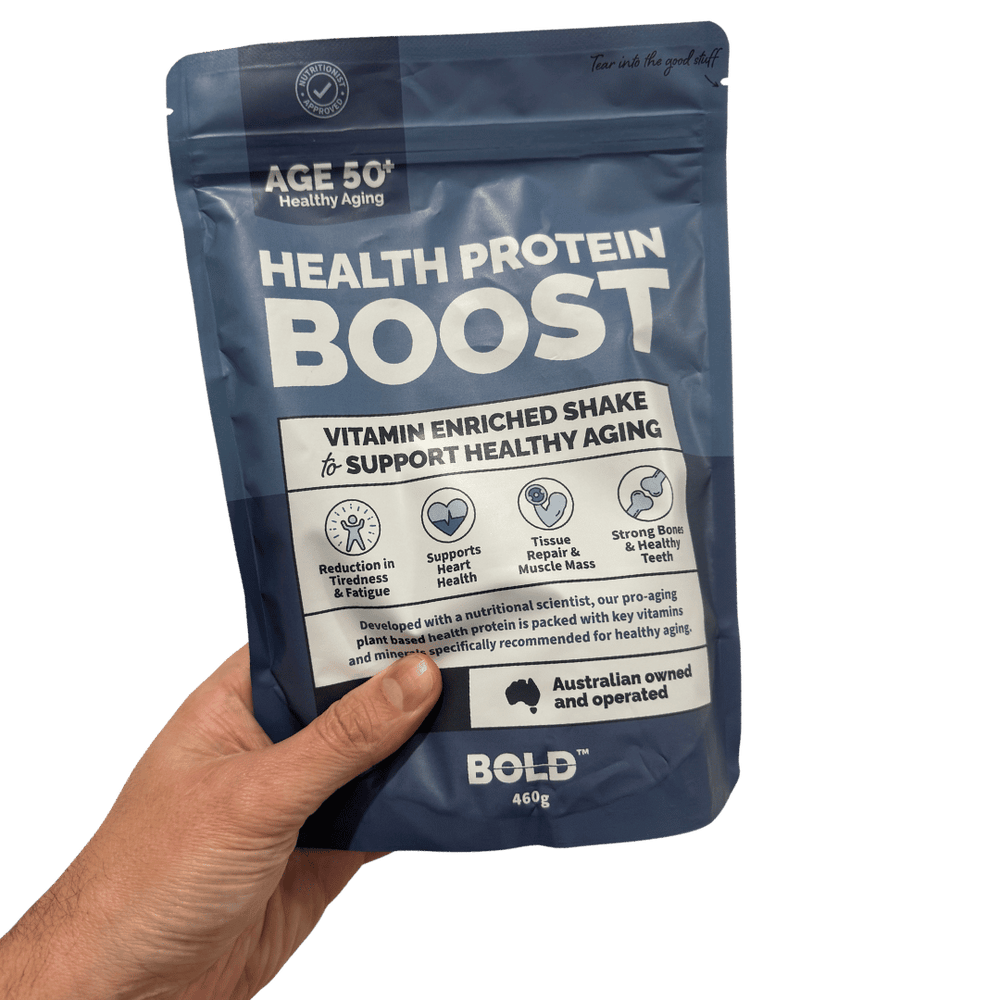How Exercise & Protein Builds Strong Bones

Some simple science for Stronger bones. Fuel your bone cells (Osteoblasts) with exercise and protein.
What are Osteoblasts?
Osteoblasts are the primary cells responsible for forming new bone.
Here’s how exercise stimulates these vital cells:
-
Mechanical Stress: When you engage in weight-bearing activities like walking, running, or strength training, your muscles pull on your bones. This mechanical stress signals osteoblasts to produce new bone tissue. Think of it as your bones getting a workout, just like your muscles!
-
Bone Remodeling: Exercise causes tiny deformations in bone tissue, which are detected by osteocytes (mature bone cells). These osteocytes then signal osteoblasts to start the bone formation process. It’s a continuous cycle of breaking down and building up, ensuring your bones stay strong and resilient.
-
Hormonal Influence: Physical activity boosts the production of growth hormones and other factors that promote osteoblast activity. These hormones act like messengers, telling your body to build more bone.
-
Calcium Deposition: The stress from exercise encourages the deposition of calcium and other minerals in the bone matrix, making your bones denser and stronger. It’s like adding bricks to a wall, fortifying its structure.
-
Improved Blood Flow: Exercise enhances blood circulation, delivering essential nutrients and oxygen to bone cells. This improved blood flow supports the growth and function of osteoblasts, ensuring they have everything they need to build new bone.
The Importance of Protein for Osteoblasts
Protein plays a crucial role in the health and function of osteoblasts. These cells require a steady supply of amino acids, the building blocks of protein, to produce collagen and other proteins that form the bone matrix.
Adequate protein intake supports the synthesis of these essential components, ensuring that osteoblasts can effectively build and repair bone tissue.
Additionally, protein helps in the production of growth factors that stimulate osteoblast activity, further promoting bone formation and strength.
The Bone-Building Team (warning - very sciencey)
To understand bone health fully, it’s essential to know about the different cells involved:
-
Osteoblasts: These are the builders, responsible for forming new bone tissue. They secrete a mixture of collagen and other proteins, which then mineralize to become bone. You’ll find osteoblasts in the growing portions of bone, such as the periosteum and endosteum.
-
Osteocytes: Once osteoblasts become trapped in the bone matrix they secrete, they transform into osteocytes. These cells help maintain the bone tissue, acting as caretakers.
-
Osteoclasts: Although not involved in forming new bone, osteoclasts are crucial for bone health. They break down old or damaged bone tissue, allowing osteoblasts to replace it with new bone. It’s a balanced process of demolition and construction.
Why Regular Exercise Matters
Regular exercise, especially weight-bearing and resistance exercises, is essential for maintaining bone health. By stimulating the formation of osteoblasts and supporting the continuous remodeling of bone, exercise helps keep your bones strong and healthy as you age.
So, lace up those sneakers and get moving - start with a walk or 1 squat! Your bones will thank you for it.


